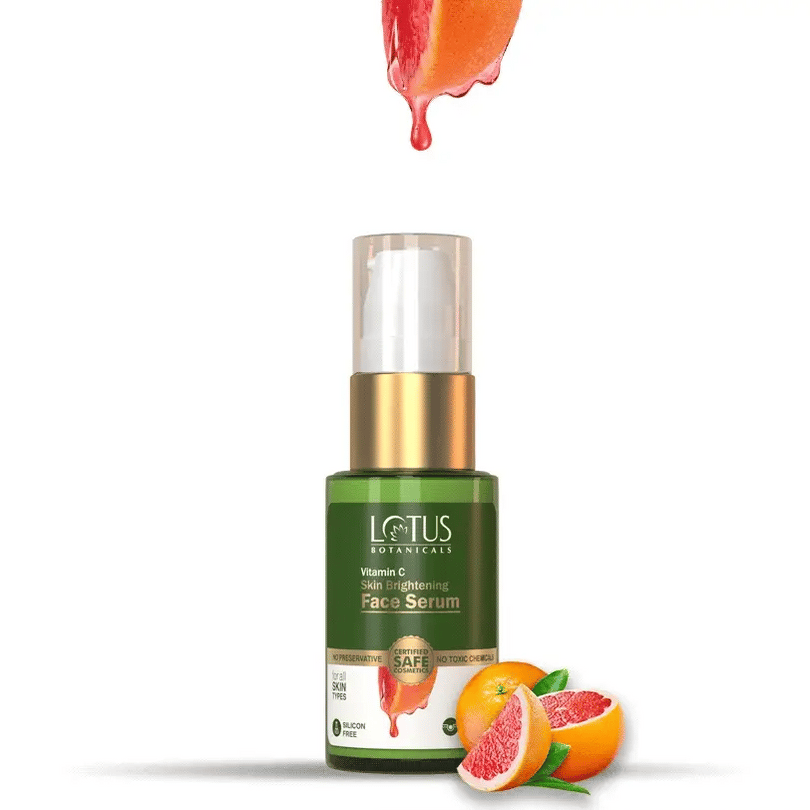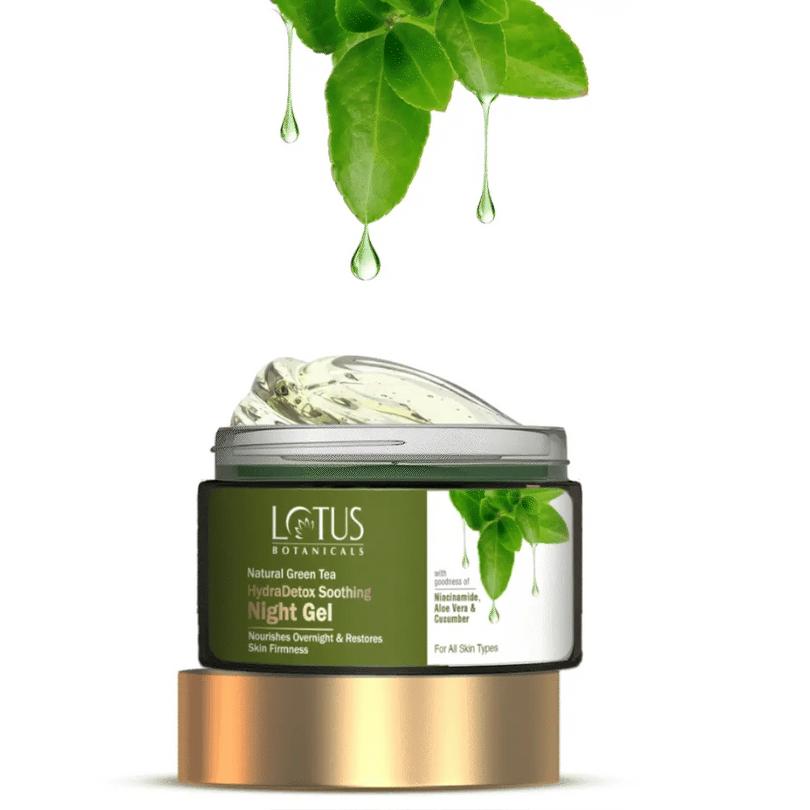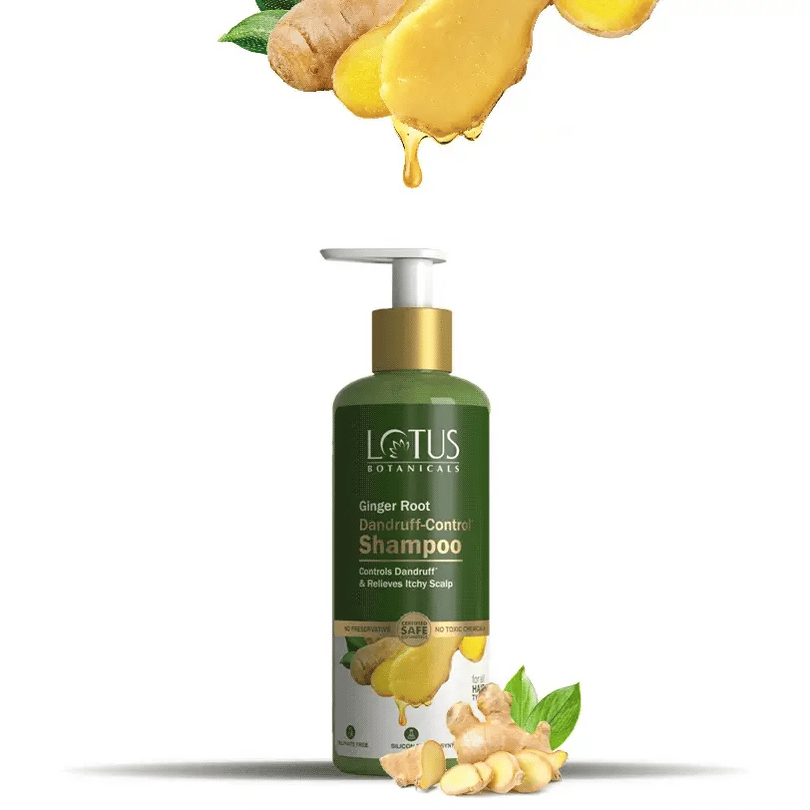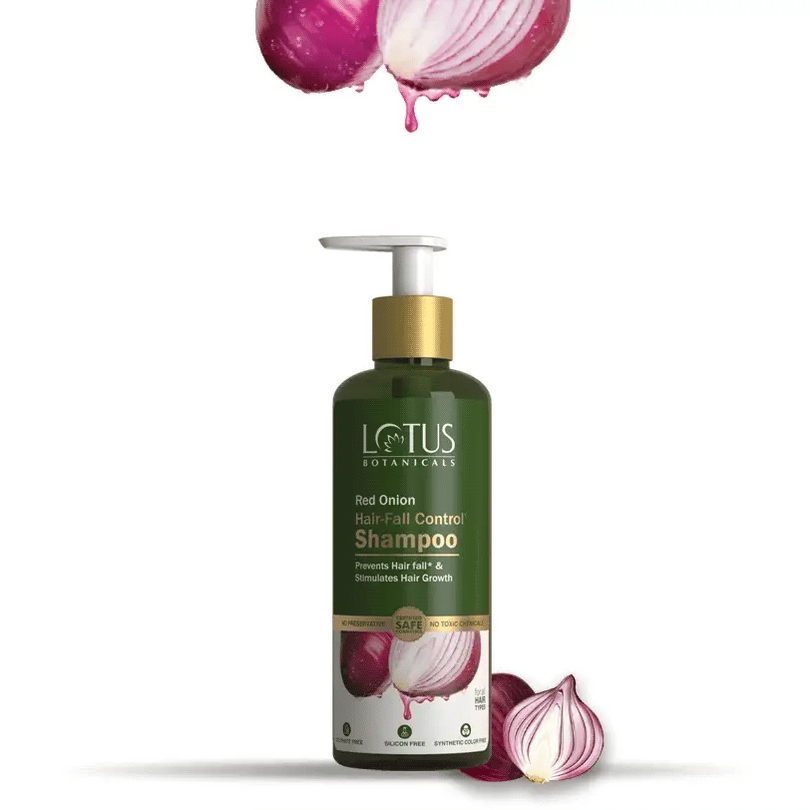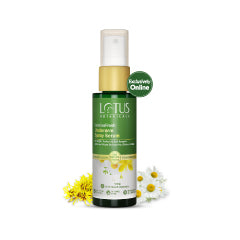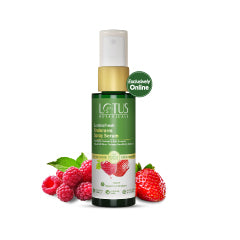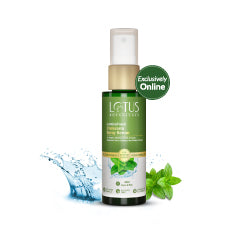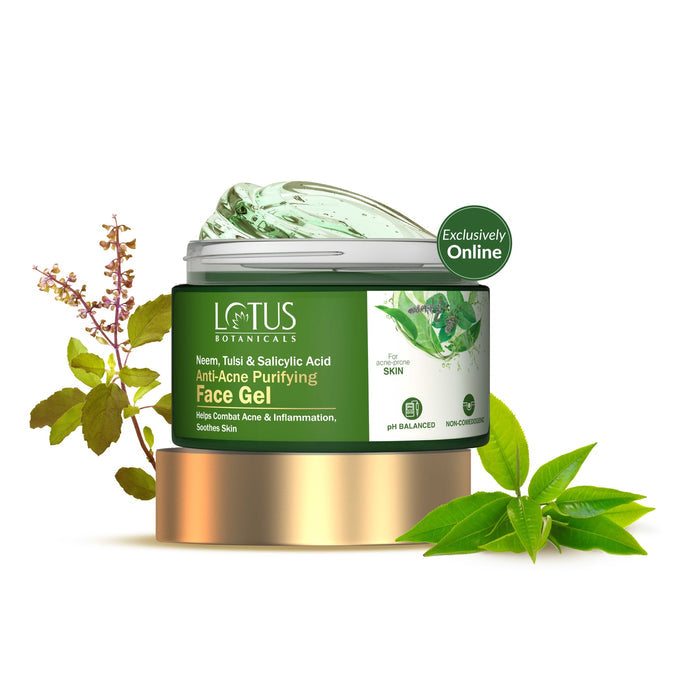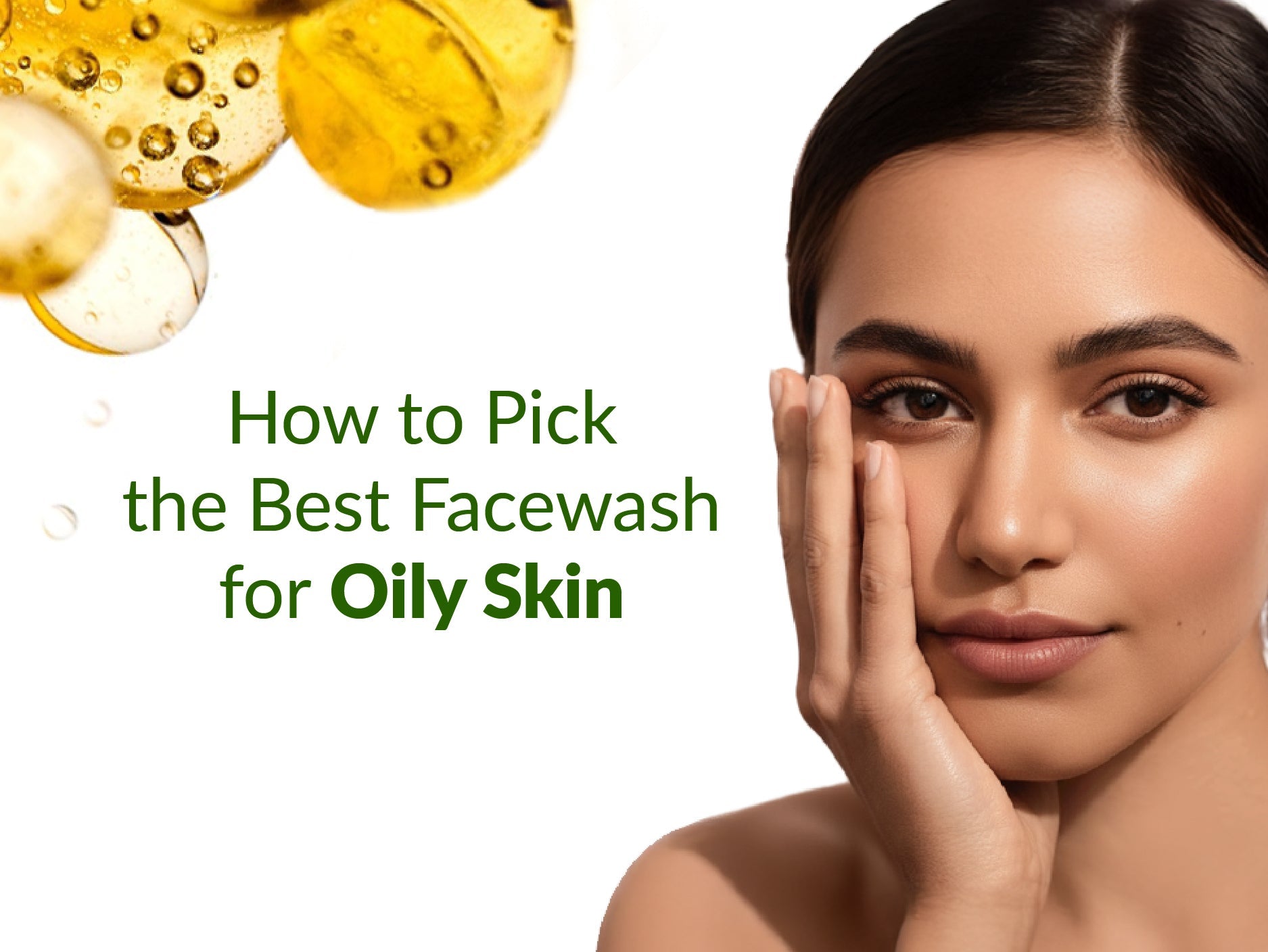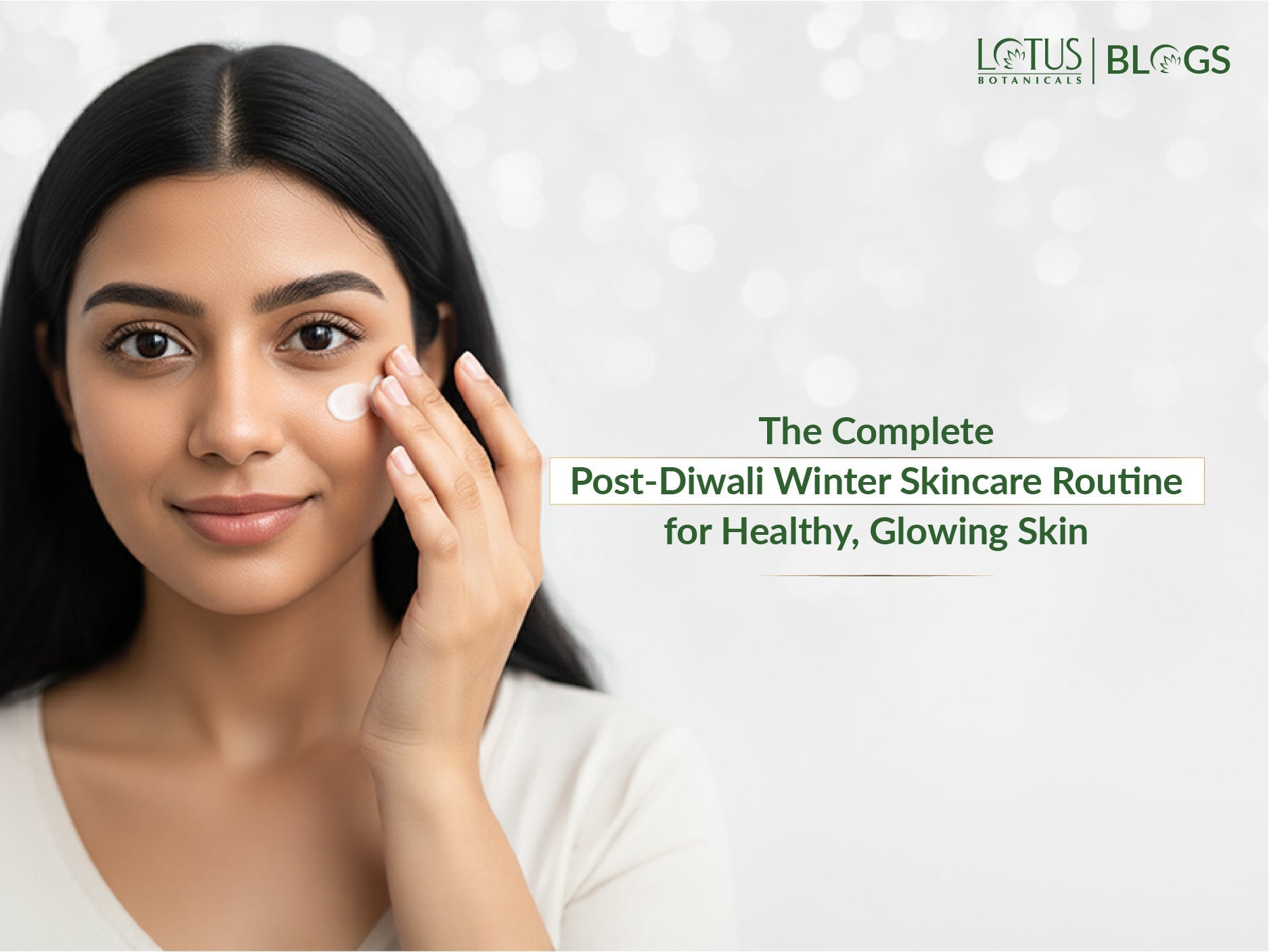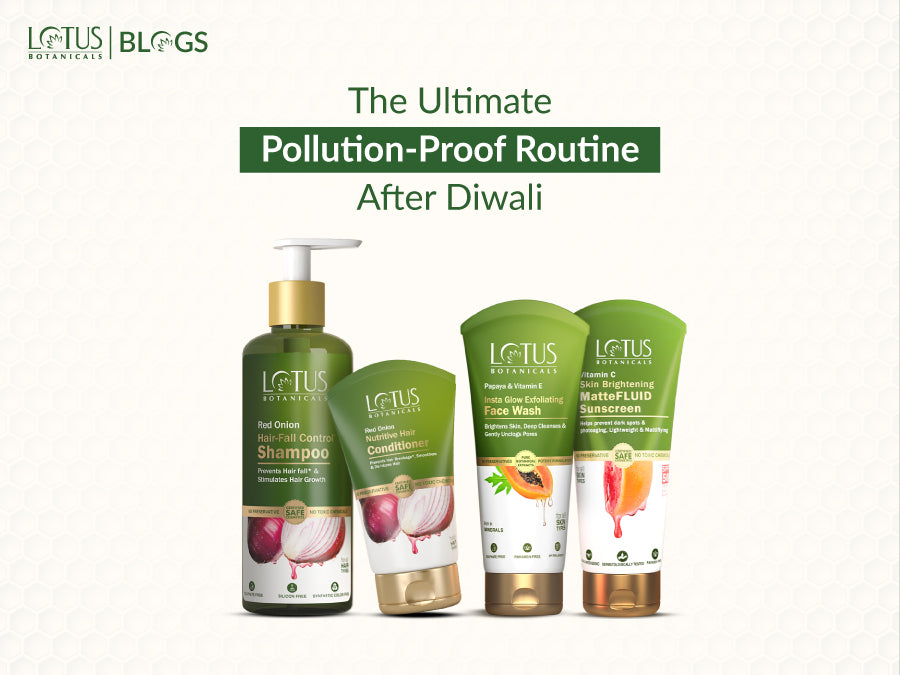
Highlights
-
Introduction to Clean Beauty Products
-
Key Ingredients in Clean Beauty Products
-
Benefits of Using Clean Beauty Products
-
How to Verify the Cleanliness of Your Beauty Products
-
Top Clean Beauty Brands in India
-
Challenges Facing the Clean Beauty Industry
-
Consumer Experiences with Clean Beauty Products
Introduction to Clean Beauty Products
What Does 'Clean Beauty' Really Mean?
As the beauty industry evolves, so does the consciousness of its consumers. 'Clean beauty' has emerged as a significant movement, advocating for transparency, safety, and sustainability in skincare and cosmetic products. But what exactly defines a product as "clean"? In essence, clean beauty refers to products that are mindfully created without any proven or suspected toxic ingredients. They are formulated with human and environmental health as a priority, often utilizing natural or naturally-derived ingredients that are ethically sourced.
The core philosophy of clean beauty is not just about avoiding harmful chemicals but also embracing a holistic approach to skincare and beauty. It focuses on biodegradable packaging, cruelty-free testing, and certifications from various health and environmental organizations. This trend is not just a fad but a reflection of growing consumer awareness and demand for healthier lifestyle choices.
Evolution of Clean Beauty Products in India
India's journey with clean beauty products mirrors its rich history of Ayurvedic practices, which inherently promote natural and holistic living. Over the past decade, there has been a noticeable shift in Indian consumer preferences towards more ethical and chemical-free products. This is driven by an increased awareness of the adverse effects that synthetic substances can have on health and the environment.
Initially, the availability of clean beauty products was limited, often confined to niche markets or luxury segments. However, as awareness grew, so did the availability and affordability of these products. Today, Indian brands are not only revisiting ancient herbal traditions but are also incorporating modern science to create effective and sustainable beauty solutions. This blend of old and new practices is uniquely positioning India on the global clean beauty map.
Moreover, with initiatives like banning single-use plastics and promoting organic farming, the Indian government has also indirectly fueled the growth of clean beauty markets. Consumers now have access to a wide array of products ranging from daily skincare to specialized treatments that align with their values of wellness and sustainability.
Q: What are some popular clean beauty brands in India?
A: India boasts several homegrown brands that are making waves in the clean beauty industry, such as Lotus Botanicals, Kama Ayurveda, and Forest Essentials. These brands focus on combining traditional botanical ingredients with modern formulations.
Q: How do I know if a product is truly 'clean'?
A: Look for products that are transparent about their ingredient list, free from harmful chemicals like parabens, sulfates, and phthalates, and preferably have certifications from credible organizations such as Ecocert or USDA Organic.
Q: Are clean beauty products more effective than conventional ones?
A: Clean beauty products focus on natural ingredients that may be gentler on the skin. While individual effectiveness can vary based on skin type and concerns, many find these products highly effective especially for sensitive skin or those prone to allergies.

Key Ingredients in Clean Beauty Products
Common Ingredients to Look For
In the realm of clean beauty, certain ingredients stand out for their beneficial properties and minimal environmental impact. These ingredients are not only safe but also effective, making them popular choices among health-conscious consumers.
Antioxidants such as Vitamin C and Vitamin E are crucial in clean beauty formulations. They help protect the skin from environmental stressors like pollution and UV radiation. For example, products listed on Lotus Botanicals’ Vitamin C Sunscreen incorporate these antioxidants to enhance skin protection.
Plant-based oils and butters, including jojoba oil, argan oil, and shea butter, are excellent for hydration and nourishment. They are gentle on the skin and provide essential fatty acids that help to maintain skin barrier integrity. These ingredients are often highlighted in moisturizing products found in day creams.
Botanical extracts, such as green tea, chamomile, and aloe vera, are commonly used for their soothing and anti-inflammatory properties. These natural extracts can be particularly beneficial for sensitive skin types.
According to experts in dermatology, incorporating products with these key ingredients into your daily skincare routine can lead to healthier and more radiant skin.
Ingredients to Avoid in Clean Beauty
Clean beauty also focuses on avoiding certain harmful chemicals that can be found in traditional beauty products. These ingredients are often linked to various health issues ranging from skin irritations to more severe long-term effects.
- Parabens: Used as preservatives in many cosmetics, parabens can disrupt hormone functions, which might lead to increased risk of breast cancer.
- Sulfates (SLS/SLES): These chemicals are responsible for the foaming action in shampoos and cleansers but can strip the skin and hair of natural oils, leading to dryness and irritation.
- Phthalates: Often found in fragranced products, phthalates have been associated with reproductive issues and endocrine disruption.
- Formaldehyde: This known carcinogen can sometimes be released over time in small amounts from preservatives that release formaldehyde.
To ensure you're selecting the safest options in your beauty regimen, opt for products that clearly state they are free from these harmful chemicals. For instance, exploring items like those found at Lotus Botanicals, which prides itself on clean formulations, can be a great start.
Q: What makes an ingredient 'clean' in beauty products?
A: An ingredient is considered 'clean' if it is ethically sourced, non-toxic, and has minimal negative impact on human health and the environment. Clean ingredients often include naturally derived compounds that are proven safe and effective.
Q: How often should I update my skincare products to cleaner alternatives?
A: Gradually introduce cleaner alternatives into your regimen as you run out of current products. This not only eases the transition but also allows your skin to adjust without overwhelming it with new formulations all at once.
Q: Can clean beauty products be as effective as traditional ones?
A: Yes, clean beauty products can be equally effective. They utilize active ingredients that have undergone rigorous testing to ensure they deliver results without harmful side effects associated with some synthetic ingredients.

Benefits of Using Clean Beauty Products
Skin Health and Safety
The primary allure of clean beauty products lies in their commitment to skin health and safety. These products are typically formulated without harmful chemicals and synthetics, which can cause skin irritation, allergies, and even long-term health issues. Instead, they harness the power of natural ingredients that are less likely to provoke skin reactions.
For instance, many clean beauty products utilize botanical extracts rich in antioxidants, vitamins, and minerals that support skin health. Ingredients like aloe vera, green tea, and chamomile are common in these formulations. They help soothe the skin and provide necessary hydration without the harsh effects of synthetic additives.
Moreover, the exclusion of parabens and sulfates, common in traditional beauty products, plays a crucial role in enhancing skin safety. Studies have suggested that these compounds can disrupt hormonal balances and potentially lead to reproductive issues. Switching to clean beauty products can significantly reduce these risks, offering a safer alternative for daily skincare routines.
Additionally, clean beauty products often come with transparent labeling practices, enabling consumers to understand what they're applying to their skin. This transparency fosters a safer and more informed approach to personal care, aligning with the needs of consumers who have sensitive skin or conditions like eczema and rosacea.
Environmental Impact and Sustainability
Clean beauty products not only benefit individual health but also contribute positively to environmental sustainability. By eschewing harmful chemicals, these products reduce the chemical load on our waterways and soil when they're washed off our bodies.
Many clean beauty brands take a holistic approach to sustainability by using biodegradable packaging or containers made from recycled materials. This reduces landfill waste and the ecological footprint associated with the production and disposal of cosmetic packaging.
Moreover, sourcing ingredients ethically is another pillar of clean beauty. Brands often ensure that their ingredients are sustainably harvested to prevent depletion of natural resources. For example, the responsible sourcing of palm oil, a common ingredient in many beauty products, helps to mitigate deforestation and habitat destruction.
In addition to sustainable sourcing, clean beauty brands frequently invest in eco-friendly manufacturing processes. These methods minimize carbon emissions and water use, further enhancing the sustainability profile of their products.
Q: What are some examples of harmful chemicals often found in traditional beauty products?
A: Common harmful chemicals include parabens, phthalates, sulfates, formaldehyde donors, and synthetic fragrances, all of which can have adverse effects on both health and the environment.
Q: How can switching to clean beauty products make a difference in my daily skincare routine?
A: Switching to clean beauty products can reduce the risk of skin irritations and allergies, provide healthier skincare through natural ingredients, and support ethical consumption practices due to transparent labeling and sustainable sourcing.
Q: Are clean beauty products as effective as traditional ones?
A: Yes, clean beauty products can be just as effective, if not more so, than traditional products. They utilize potent natural ingredients which not only care for your skin but also enhance its natural function without adverse effects.

How to Verify the Cleanliness of Your Beauty Products
Understanding Product Labels and Certifications
When shopping for beauty products, it's crucial to understand what the labels and certifications mean in terms of product safety and cleanliness. Manufacturers often use various labels to indicate that their products meet specific standards. For instance, labels like 'organic', 'natural', or 'non-toxic' are commonly seen, but what do they really imply about the product's cleanliness?
Certifications: Look for official certification marks that guarantee product testing and verification by credible organizations. Certifications such as USDA Organic, Ecocert, and COSMOS are reliable indicators that a product has been produced under stringent cleanliness standards.
Ingredients List: Always check the ingredients list for any harmful chemicals or allergens. Products with a shorter list of recognizable ingredients are often a safer bet. Be wary of long chemical names; however, not all are harmful, so doing a quick search can help clarify their safety.
Expiration Dates: Products should have a clear expiration date or a period-after-opening symbol that indicates how long the product remains safe to use after it has been opened. Using products beyond this period can lead to skin irritations or infections.
DIY Tests and Tips
To further ensure the cleanliness of your beauty products, consider conducting simple DIY tests at home. These can help you determine if your product is still good to use or if it harbors bacteria or fungi.
- Smell Test: A change in the smell of a product is a clear indication that it may not be safe to use. Any sour or unusual odors mean the product should be discarded.
- Texture Test: If the texture of the product changes (e.g., a lotion becomes lumpy or an oil separates), it's likely compromised and should not be used.
- Patch Test: Always do a patch test by applying a small amount on your inner wrist before using any new product extensively. This can help you avoid potential allergic reactions.
In addition to these tests, maintaining good hygiene with your beauty products is essential:
- Avoid sharing makeup to prevent cross-contamination.
- Regularly wash applicators like brushes and sponges.
- Keep containers tightly closed when not in use to prevent bacterial growth.
Q: How often should I replace my makeup brushes?
A: Makeup brushes should ideally be washed weekly and replaced annually to prevent bacterial buildup and ensure optimal performance.
Q: What does the period-after-opening symbol look like?
A: The period-after-opening symbol resembles a small jar with an open lid and has a number followed by 'M', indicating the number of months the product is usable after opening.
Q: Are natural ingredients always safer?
A: While natural ingredients are generally perceived as safer, they can still cause allergic reactions or be contaminated if not properly processed. It's essential to buy from reputable sources and check for certifications.

Top Clean Beauty Brands in India
Leading Brands and Their Best Sellers
In the bustling landscape of Indian beauty products, certain brands have established themselves as leaders in the clean beauty movement. These brands not only prioritize natural ingredients but also emphasize sustainability and eco-friendliness in their product lines.
Lotus Botanicals stands out for its commitment to pure, botanical-based ingredients. A best seller, the Vitamin C Sunscreen, offers potent sun protection while infusing the skin with antioxidants. Another popular product is their Bio-Retinol Youth Radiance Day Cream, available on Lotus Botanicals Day Cream collection, which combines the power of natural retinol alternatives to deliver anti-aging benefits without harsh chemicals.
Emerging Clean Beauty Brands to Watch
The Indian clean beauty scene is also witnessing the rise of several promising startups that are shaking up traditional beauty norms. These emerging brands are gaining traction through innovative products and ethical practices.
Their Hyaluronic Acid Serum, which can be found detailed in this article on Hyaluronic Acid FAQs, is highly sought after for its hydrating properties.
As these brands continue to grow, they contribute significantly to a larger movement towards sustainability and health-consciousness in the beauty industry. For more insights into clean beauty trends, check out related articles such as Swimming Haircare Tips.

Q: What makes a beauty brand "clean"?
A: A clean beauty brand typically avoids using harsh chemicals, synthetic fragrances, and artificial colors. Instead, they focus on natural, organic ingredients and maintain transparency about their sourcing and manufacturing processes.
Q: How do I choose the right clean beauty products?
A: Look for products with clear ingredient lists and certifications like organic or cruelty-free. Consider your skin type and concerns, and opt for brands with good consumer reviews and ethical practices.
Q: Are clean beauty products more expensive?
A: While some clean beauty products may have a higher price tag due to quality ingredients and sustainable practices, there are increasingly more affordable options available as the market grows.
Consumer Experiences with Clean Beauty Products
Testimonials and Reviews
The surge in popularity of clean beauty products has been significantly driven by positive consumer testimonials and reviews. Users from diverse backgrounds praise these products for their gentle yet effective nature, often highlighting the absence of harsh chemicals typically found in traditional cosmetics. For instance, numerous users have reported improvements in skin sensitivity and fewer allergic reactions after switching to clean beauty products.
A notable review from Emily, a long-time skincare enthusiast, reads, "After using a well-known clean facial moisturizer for three months, my skin feels rejuvenated and visibly clearer. It's comforting to know that what I'm applying on my skin is free from harmful substances." Such testimonials are common and point towards a growing trust and preference for products labeled as 'clean'.
Professional bloggers and influencers in the beauty industry have also contributed to this trend by documenting their journeys and results with clean beauty regimes. These online reviews often include detailed before-and-after photos that help potential customers make informed decisions. For example, a detailed blog post on Lotus Botanicals compares various clean beauty products, helping to demystify their effects for newcomers.

Before and After Effects
The before and after effects of using clean beauty products can be quite striking. Consumers frequently report not only visual improvements in their skin's appearance but also how their skin 'feels'. Common benefits include increased hydration, reduced pore size, and a decrease in skin irritations such as eczema or acne flare-ups.
For example, Sarah, a user with sensitive skin, shared her journey on social media, detailing how switching to a clean skincare line helped reduce her redness and acne marks within just a few weeks. Her story is backed by photos that clearly show a smoother, more even complexion. Another user, Mark, detailed his experience on a skincare forum with a clean sunscreen from Lotus Botanicals, noting how it didn’t leave any white cast and was very effective against sunburn without causing any irritation.
These transformative experiences are supported by dermatologists who recognize the potential of clean beauty products to provide effective care without the risk of harmful additives. A study referenced in an article on Lotus Botanicals showed significant improvement in skin hydration and elasticity in participants who used clean beauty products over a period of six months.
Q: What defines a beauty product as 'clean'?
A: Clean beauty products are defined by their formulation without harmful chemicals and synthetic ingredients. They focus on being non-toxic and often include organic components.
Q: Are clean beauty products suitable for all skin types?
A: Yes, generally, clean beauty products are designed to be suitable for all skin types, particularly because they avoid harsh chemicals that can trigger allergic reactions or irritations. However, individual reactions can vary based on specific ingredients.
Q: Where can I find reliable reviews on clean beauty products?
A: Reliable reviews can be found on dedicated beauty blogs, forums like Reddit’s SkincareAddiction community, or e-commerce platforms where users submit their experiences. Websites like Lotus Botanicals also offer detailed insights and comparisons between different products.
Challenges Facing the Clean Beauty Industry
Regulation and Standardization Issues
The clean beauty industry, despite its rapid growth, faces significant challenges in regulation and standardization. One of the primary issues is the lack of a universally accepted definition of what constitutes "clean" in beauty products. This ambiguity allows for a wide interpretation, which can lead to misleading claims and confused consumers.
Currently, the beauty industry operates with minimal regulatory oversight, particularly in markets like the United States where the FDA does not require pre-market approval for cosmetics. This means that products labeled as "natural" or "organic" need not meet stringent standards. As a result, brands can market their products as clean without adhering to any specific guidelines, which undermines consumer trust and raises concerns about product safety.
To address these issues, there is a growing call for clearer regulations that define and enforce the criteria for clean beauty products. Such standardization would likely involve specifying which ingredients are prohibited and setting thresholds for synthetic substances.
Market Trends and Consumer Skepticism
The clean beauty market has seen exponential growth over the past few years, driven by consumer demand for healthier and more environmentally friendly products. According to market analysis, the global clean beauty market is expected to reach substantial valuations by 2025, growing at an impressive compound annual growth rate.
However, this growth comes with its own set of challenges. The surge in demand has led to a crowded marketplace where differentiation is difficult. Brands often struggle to stand out in a sea of claims about natural and toxin-free formulations. This saturation leads to consumer skepticism as shoppers find it increasingly challenging to navigate claims and identify genuinely clean products.
Consumer skepticism is further fueled by high-profile cases where products have been found to contain harmful substances despite clean labels. These incidents erode trust and compel consumers to demand greater transparency and authenticity from clean beauty brands.
Q: What are some common misleading labels in the clean beauty industry?
A: Terms like 'natural,' 'green,' and 'eco-friendly' are often used loosely without industry-standard definitions, leading to potential misinformation.
Q: How can consumers ensure they are choosing truly clean beauty products?
A: Consumers should look for certifications such as Ecocert or USDA Organic, which indicate compliance with specific standards. Reading ingredient lists and understanding common harmful chemicals can also help in making informed decisions.
Q: Why is regulation important in the clean beauty industry?
A: Regulation helps ensure that products marketed as clean are safe, effective, and free from harmful substances, providing consumers with reliable options.
Conclusion
Summary of Clean Beauty Insights
The exploration of clean beauty products has revealed a significant shift in consumer preferences towards health-conscious and environmentally sustainable options. Throughout this article, we've delved into the various aspects that define clean beauty, ranging from non-toxic formulations to cruelty-free and eco-friendly practices. The critical analysis of ingredients has been a focal point, emphasizing the importance of transparency in the beauty industry.
Consumers are increasingly vigilant about the contents of their skincare and makeup, driven by a broader awareness of how these elements affect not only personal health but also the environment. This awareness is complemented by a growing demand for products that do not compromise on quality or effectiveness. Brands that have embraced this philosophy are seeing a positive response, indicating a strong alignment with modern consumer values.
Moreover, the Indian market has shown a particular interest in products that blend traditional botanical ingredients with contemporary clean beauty standards. This synergy offers unique products that are both effective and culturally resonant, making clean beauty an even more appealing choice for Indian consumers.
Future Outlook on Clean Beauty in India
Looking ahead, the future of clean beauty in India appears promising and is poised for substantial growth. With India's rich heritage in natural remedies and herbal treatments, there is vast potential for innovation and development in this sector. Companies are expected to invest more in research and development to harness these traditional ingredients while adhering to clean beauty standards.
The trend is also likely to see increased regulatory support, as consumer safety becomes a priority for governing bodies. This could lead to stricter guidelines and certifications for clean beauty products, thereby bolstering consumer confidence and further promoting the sector's growth.
Digital influence plays a crucial role in shaping consumer perceptions and decisions. Platforms dedicated to educating consumers about the benefits of clean beauty, like Lotus Botanicals' blogs on skin care and hair care, are instrumental in this regard. For instance, insightful articles on skincare quotes and hair care tips help foster a knowledgeable community eager to embrace clean beauty practices.
Q: What are the main benefits of using clean beauty products?
A: Clean beauty products offer numerous benefits including reduced exposure to harmful chemicals, support for cruelty-free practices, environmental sustainability, and often enhanced effectiveness through high-quality natural ingredients.
Q: How can I verify if a beauty product is truly 'clean'?
A: To verify if a product is clean, look for certifications such as Ecocert or USDA Organic. Additionally, scrutinize ingredient lists for harmful chemicals and research the brand’s ethical practices regarding animal testing and sustainability.
Q: Are clean beauty products more expensive than conventional ones?
A: Initially, clean beauty products might seem more expensive due to the high-quality ingredients and sustainable packaging used. However, considering their benefits to health and the environment, they offer valuable long-term investments.
Highlights
-
Introduction to Clean Beauty Products
-
Key Ingredients in Clean Beauty Products
-
Benefits of Using Clean Beauty Products
-
How to Verify the Cleanliness of Your Beauty Products
-
Top Clean Beauty Brands in India
-
Challenges Facing the Clean Beauty Industry
-
Consumer Experiences with Clean Beauty Products







